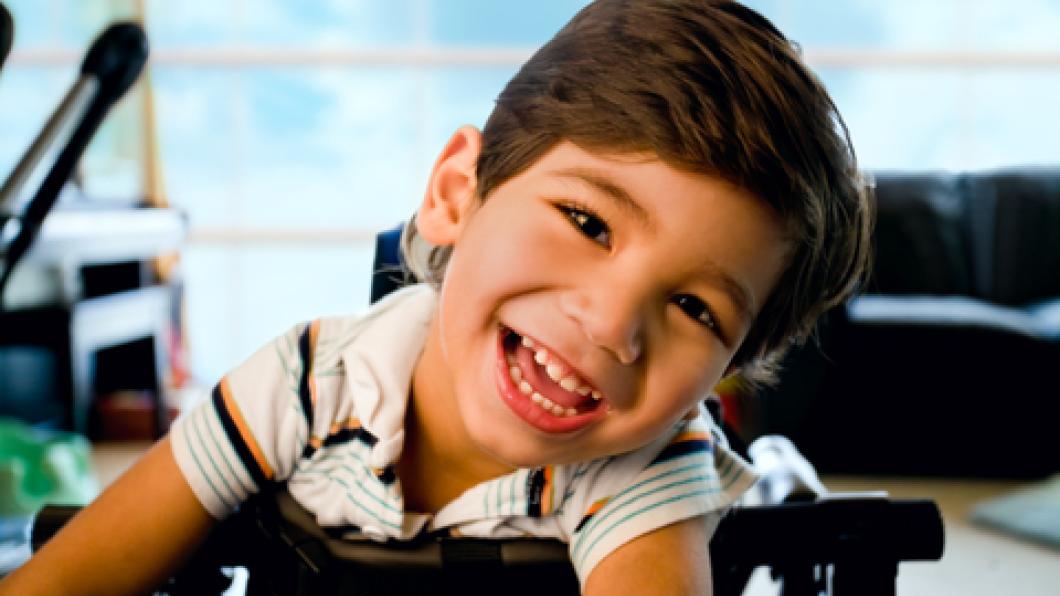
How Canada measures poverty ignores the costs of disability
By Louise Kinross
It costs more to participate in life when you have a disability—whether you're paying for caregivers, accessible housing or a mobility device.
But the poverty measure used to set income supports across Canada doesn't factor this in, according to a new study in Social Indicators Research. As a result, it underestimates the true poverty rate for disabled Canadians.
"This is particularly timely given talks about the Canada Disability Benefit," says co-investigator Dr. Jennifer Zwicker, director of health policy at the School of Public Policy at the University of Calgary. "These aren't luxuries, they're basic needs to fully participate in society. From an academic standpoint, when we talk about poverty, we don't talk enough about how many people with disabilities are stuck in the poverty cycle."
In Canada, the official poverty line is based on the Market Basket Measure (MBM), which estimates a household's ability to afford an essential basket of goods and services that includes food, clothing, transportation and housing.
Jennifer and her University of Calgary research team did a population-based, cross-sectional analysis of data from the Statistics Canada 2017 Canadian Survey on Disability to identify differences in consumption patterns and family makeup for people with disabilities. Since the MBM accounts for regional differences in living costs, they focused on British Columbia.
Their study found costs specific to 530,000 disabled B.C. residents—which weren't accounted for in the MBM—included caregiving services, accessible housing, assistive devices and prescription drugs.
Over half of disabled B.C. residents required caregiving in one area and many had unmet needs. Thirty-six per cent paid out of pocket and one in four spent over $2,000 a year. Over 20 per cent of people with severe disabilities spent over $5,000 per year. "Caregiving is a basic need," Jennifer says. "By signing on to to the United Nations Convention on the Rights of Persons With Disabilities, we committed to full inclusion of persons with disabilities."
The study found people with disabilities faced 76 per cent more "core housing" need than those without. "Core housing means the household lives in one of two types of inadequate housing," Jennifer says. "Either it doesn't meet the Canadian National Occupancy Standards or they're living in poor conditions that need repairs."
Almost 69 per cent of people with disabilities in B.C. used prescription drugs at least once a week. Disabled people in B.C. were 37.5 per cent more likely to report not taking their medicine because they couldn't afford it. The national average is 9.6%. Single parents with disabilities and those with very severe disabilities were most likely to report not being able to afford medication.
Most people with disabilities used assistive devices such as hearing aids or wheelchairs and almost 31 per cent had to pay out of pocket for these aids. One in four spent over $1,000 a year in this area.
The study found B.C. residents with disabilities had 42 per cent higher poverty rates than those without and those with very severe disabilities had almost twice the poverty rate of those with mild disabilities. "This isn't a homogenous population and support has to be more needs-based," Jennifer says. "We have to consider the range of needs across this population."
More people with disabilities were single, so less lived in a family that resembles the MBM reference household of two parents and two children. "A greater proportion of persons with disabilities rely on the family equivalency scale to estimate their poverty line, which means housing for a single individual is valued at half of the reference family."
Jennifer says the MBM needs a disability modifier for horizontal equity to occur between people with and without disabilities. "The poverty line measure is used as justification for income support levels, but someone who is deemed not to be impoverished by MBM standards may be living in poverty because they have to pay these extra costs. There aren't enough government ministries spending time focused on and dedicated to this."
Jennifer says people with disabilities are often studied, inaccurately, as a distinct population from people in poverty. "We wanted to dive into the bigger question of poverty among persons with disabilities."
Like this story? Sign up for our monthly BLOOM e-letter. You'll get family stories and expert advice on raising children with disabilities; interviews with activists, clinicians and researchers; and disability news: https://bit.ly/3IIK5Qo.